
Product information
Château Pierre-Bise Savennières ‘Roche aux Moines’ 2020
Chenin Blanc from Savennières, D'Anjou-Saumur, Loire Valley, France
$87
Description
Wine of personality keep on coming from Savennieres. Lythe, transparent fruit. Dry with pear, baking spice and candied citrus peel. Somehow they have managed to combine a weightless feel with the depth of fruit,a little phenolics and glycerol making for a luscious caress of the tongue. A fine wine that as with all dry Chenin will need a couple of years to start expressing itself in full. I can see why the 2018 managed to score 1 of just 50 wines in show out of almost 19,000 at Decanters 2021 Awards.
In stock
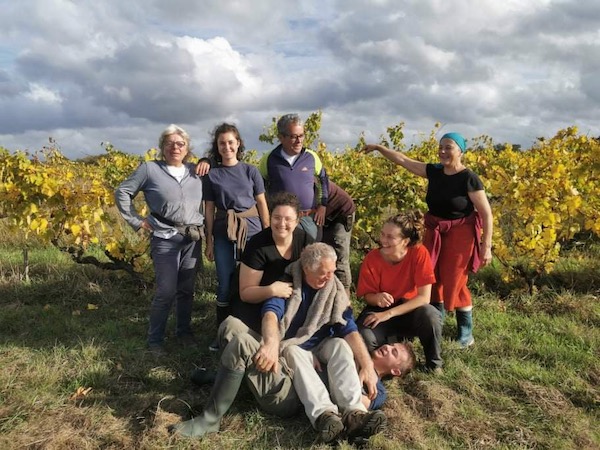

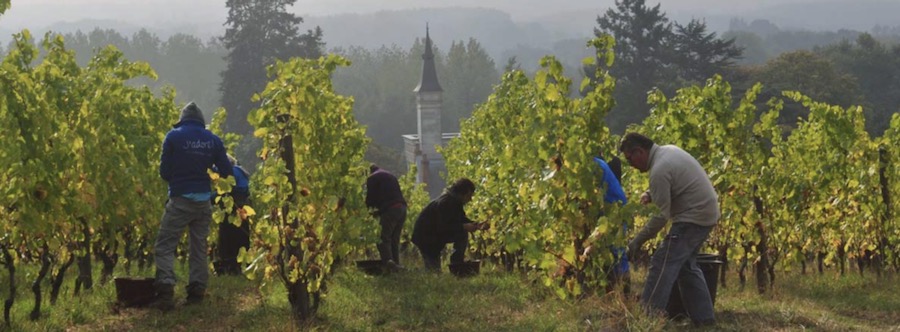
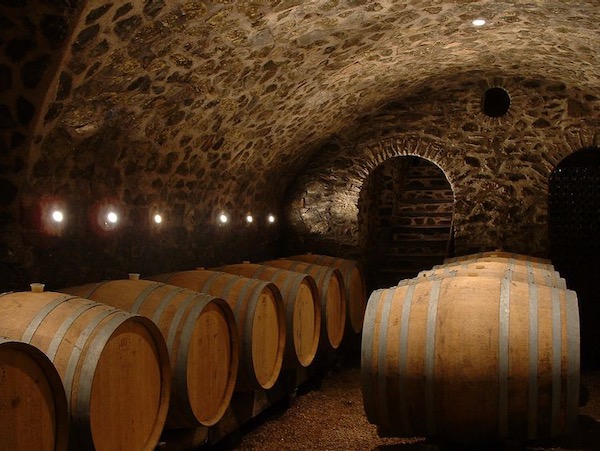

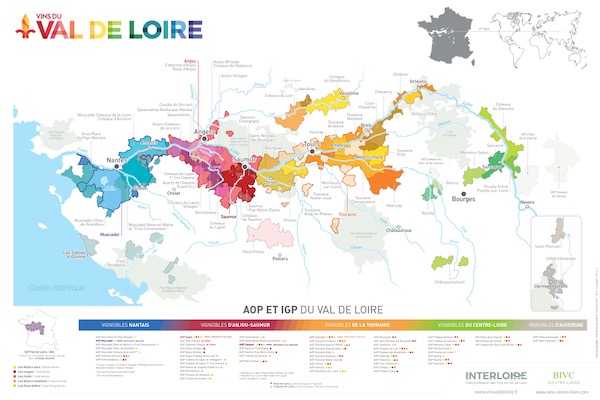
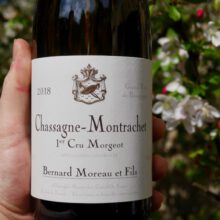
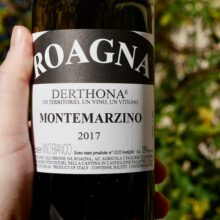

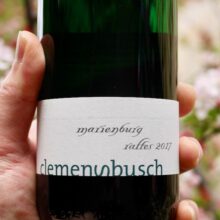
You must be logged in to post a comment.